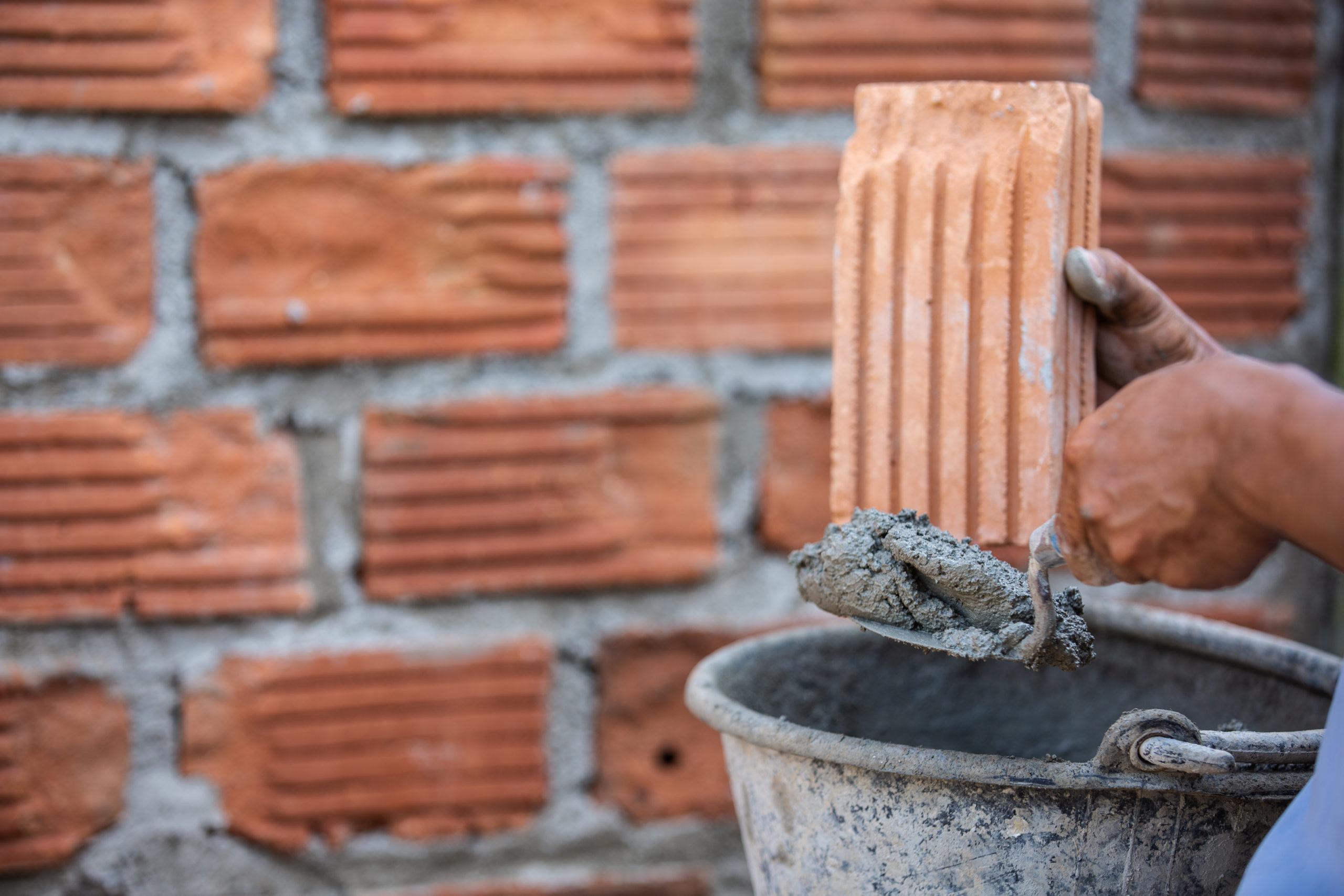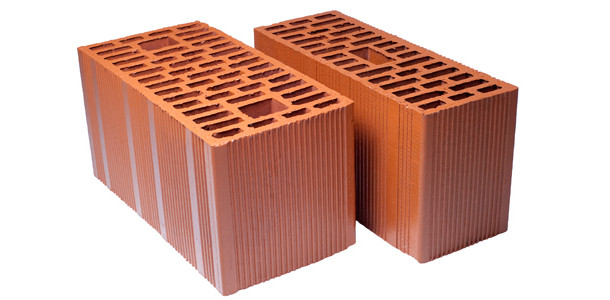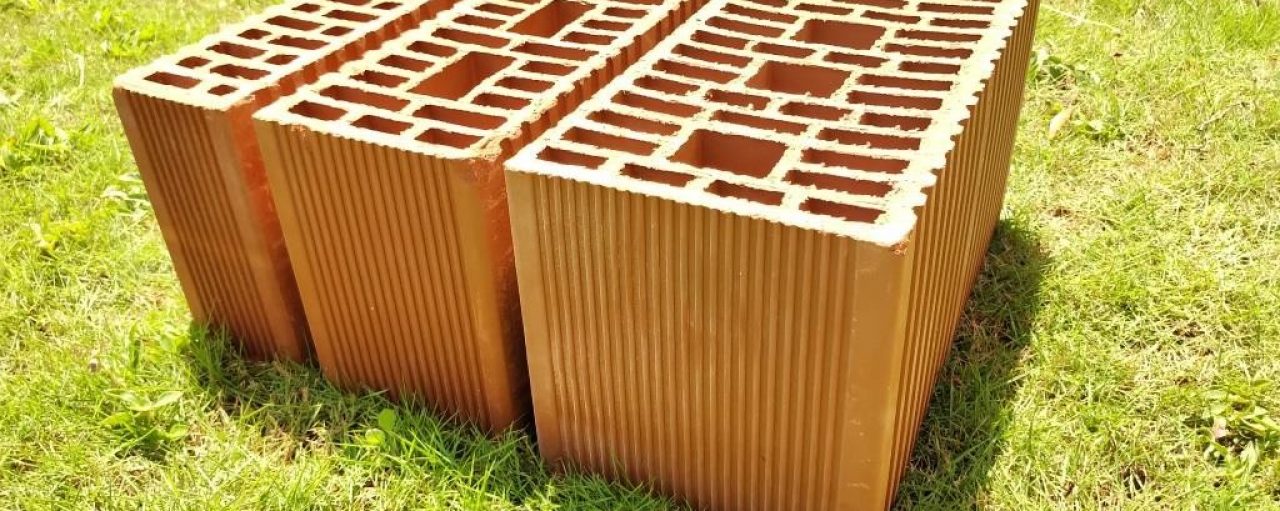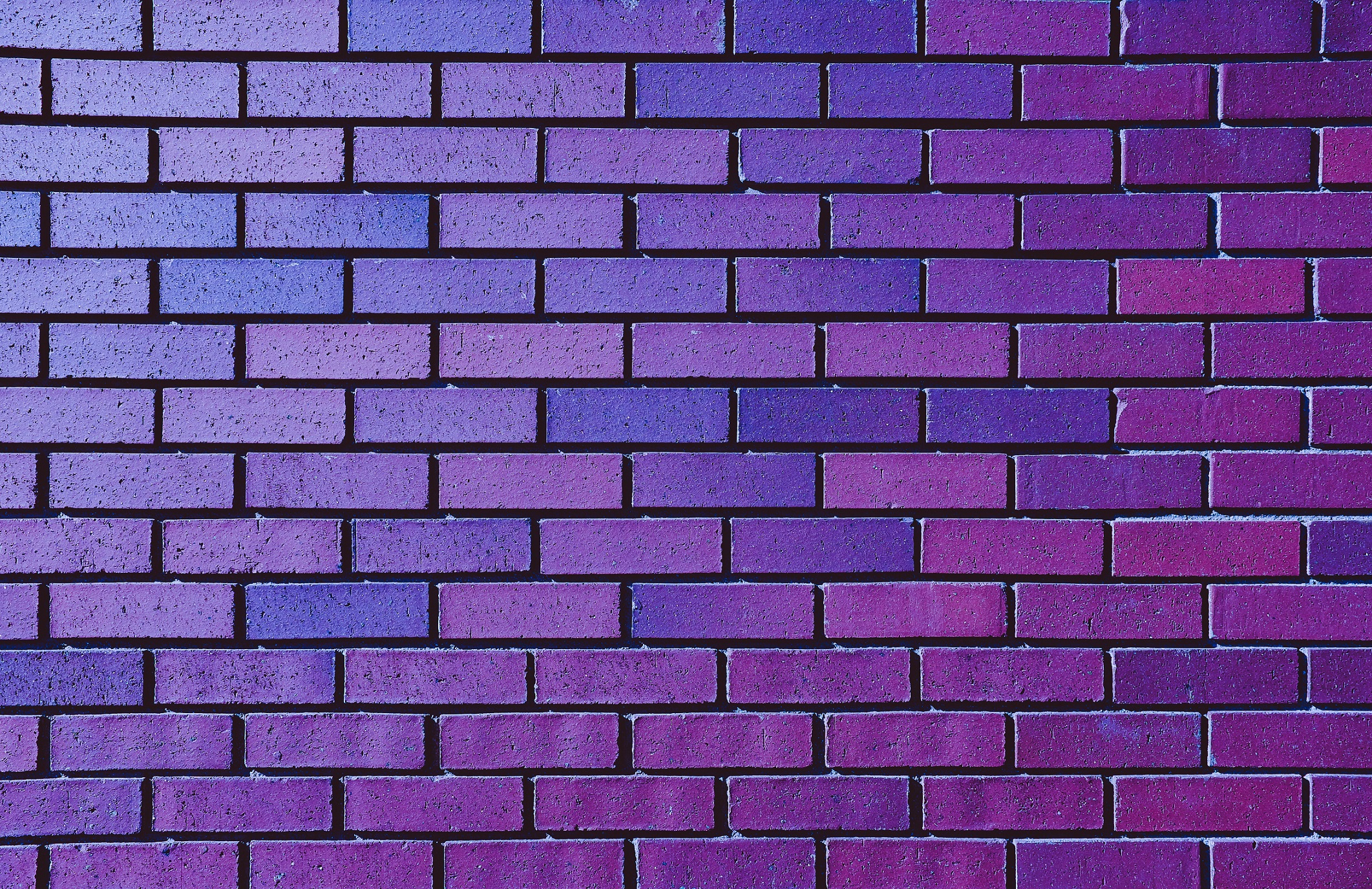Humans have used bricks for building purposes for 1000s of years. Bricks date back to 7000 BC, and that makes them one of the oldest known building materials to mankind. Picking what type of bricks you are going with is one of the first important decisions you will have to think through when starting a building project. And when that happens it is impossible not to get caught up in the big Brick vs Concrete debate. It is a fact, that most people start to consider these common choices without having a clear idea of what the difference between brick and concrete is. So, do concrete bricks and clay bricks differ? Let us get that sorted out right now.
Comparison Clay Bricks Vs. Concrete Bricks
When comparing clay brick to concrete brick, it should be noted that both these materials when accurately installed can provide an attractive and structurally sound wall. But these differ largely and have their pros and cons. Below are the points that you should keep in mind when deciding which material to use in construction.
Bricks and Clay
Formally, the term brick is used to signify a building unit made of molded clay, but in modern times it is used to refer to any stone- or clay-based building unit that is joined with cementitious mortar when used in construction. Typically, bricks are about 4 inches wide, 8 inches long, with a variety of thicknesses. Larger stone- or clay-based building units of the type used in foundations are usually called blocks.
 1] Definition
1] Definition
Before getting into the technicalities, it is important to understand the basic definition of the two:
order ivermectin online Clay Bricks – These are a classic form of bricks, that is created by pressing wet clay into molds, then drying and firing them in kilns. Bricks and clay together form one of the oldest building materials; these are found in many of the ancient structures standing strong around the world. Clay bricks are solid blocks of hardened clay, and mostly appear reddish.
buy ivermectin for humans Concrete Bricks – A concrete unit is made from Portland cement, water, and suitable aggregates, with or without the inclusion of other materials.
2] Compressive Strength
Let us compare the average compressive of both:
- Clay Brick – average compressive strengths typically range from 8,000 to 10,000 psi
- Concrete Brick – average compressive strengths typically range from 3,000 to 4,000 psi.
Clay brick units are 2 ½ to 3 times stronger than the concrete bricks. It is important to note that the strength of a brick or a concrete block or brick wall depends on the quality of the mortar holding the blocks together. Mortars that are rich in lime are weaker than mortars that are heavy in cement. For comparison, a lime-dense mortar can hold up around 350 psi, while a high-cement mortar can hold up 3000 psi.
3] Rate Of Absorption
Clay bricks absorb approximately 15-35 grams of moisture per minute per sq.ins; on the other hand, Concrete bricks rare of absorption is between 40 and 80 grams per minute per 30 sq.in. When comparing both the products in a natural state, we can summarize that Concrete Brick absorbs approximately 2-3 times more moisture than the Clay Bricks. So, after heavy rains, if you compare the walls made of clay bricks with the concrete ones you will notice that concrete walls can stay damp for days post-rain.
Owing to the high rate of water absorption in concrete bricks some manufactures add an intregal water repellent, these help to tackle and minimize the potential of water-related problems in such building materials. Another thing to note here is that if integral water repellent units are used, the builder would need to add a water repellent even to the mortar to be effective. This adds cost of around $3.00 i.e. the avg. cost of a bag of mortar.
4] Accountancy For Movements
With changing weather conditions, most of the building materials show some type of movement. And all building designs need to account for such movements. Once put in service a clay building unit will expand over time whereas a concrete building unit shrinks.
Bricks and clay homes have been built without accommodating the use of movement joints. Unless a home is abnormally large this is still a good thumb rule to follow. However, it is advised to accommodate for expansion around all windows and doors openings.
Now for concrete units, because of the nature of shrinkage movement, these homes may be more susceptible to cracking. This is exactly why; joint reinforcing steel is needed as these helps to minimize cracking due to shrinkage.
5] Color and Texture
Both bricks with clay and concrete are available in a wide variety of colors. Sometimes textured and bricks with holes are also available with clay bricks. One thing to note about concrete bricks is that they are not color fast and they will fade over time.
6] Weight
Clay and concrete bricks are both heavy materials, but their exact weight depends on the materials used, the size of the blocks, and the type of construction. The standard clay brick weighs around 5 pounds, on the other hand, an eight-inch concrete block can weight as much as 43 pounds.
7] Shelf Life
The shelf life of concrete is lesser than those of clay bricks. Concrete works well for around 60 to 100 years, while clay bricks have been known to last for 1000 years and more.
Bricks And Clay – Porotherm, Best In Class
 Porotherm is a world-class product for environment-friendly clay bricks. These are one smart walling material that peruses the advantages of natural bricks and clay. The fact that they are made of natural substances and are hollow from inside makes them far more efficient than the traditional solid bricks and blocks. Stating a few advantages of porotherm over other walling solutions.
Porotherm is a world-class product for environment-friendly clay bricks. These are one smart walling material that peruses the advantages of natural bricks and clay. The fact that they are made of natural substances and are hollow from inside makes them far more efficient than the traditional solid bricks and blocks. Stating a few advantages of porotherm over other walling solutions.
- Lightweight (60% less weight than conventional walling material),
- Strong & durable- high Compressive strength
- Excellent Thermal and Sound Insulation
- Low water absorption of ~ 15%, thus minimal risk of dampness, cracks, or shrinkage of walls
- Non-susceptible to carbonation thus providing greater durability
- Technical support provided by Wienerberger at construction sites
Read: Why You Should Consider Protherm Over Other Walling Materials
That is all for now! We hope this guide helps you understand the sheer difference between Concrete and Clay bricks. Also, you were able to select the perfect building bricks for your project. For expert advice visit www.wienerberger.in or get in touch with us at marketing@wienerberger.in.
Authored by a Building Expert from Wienerberger India









